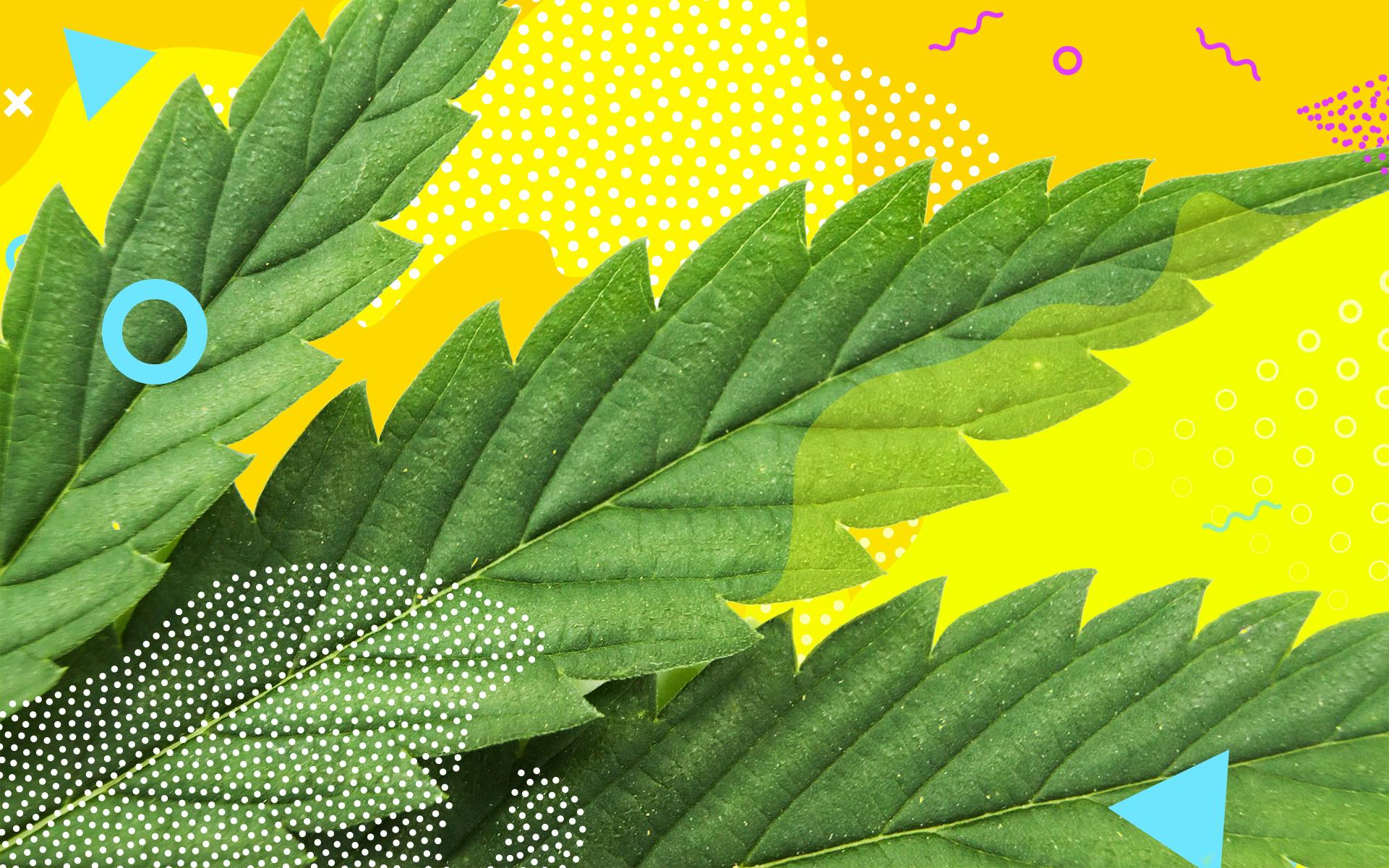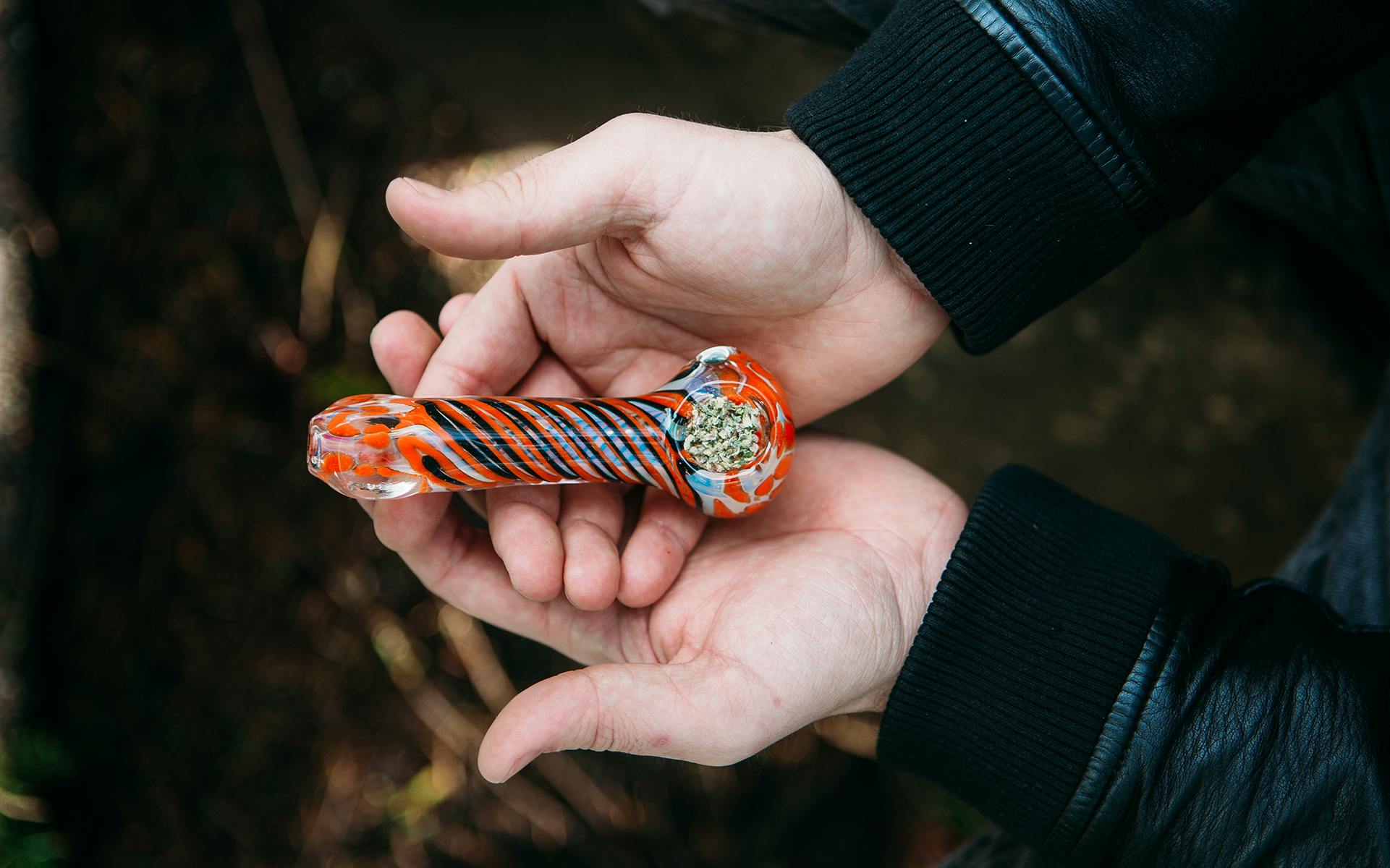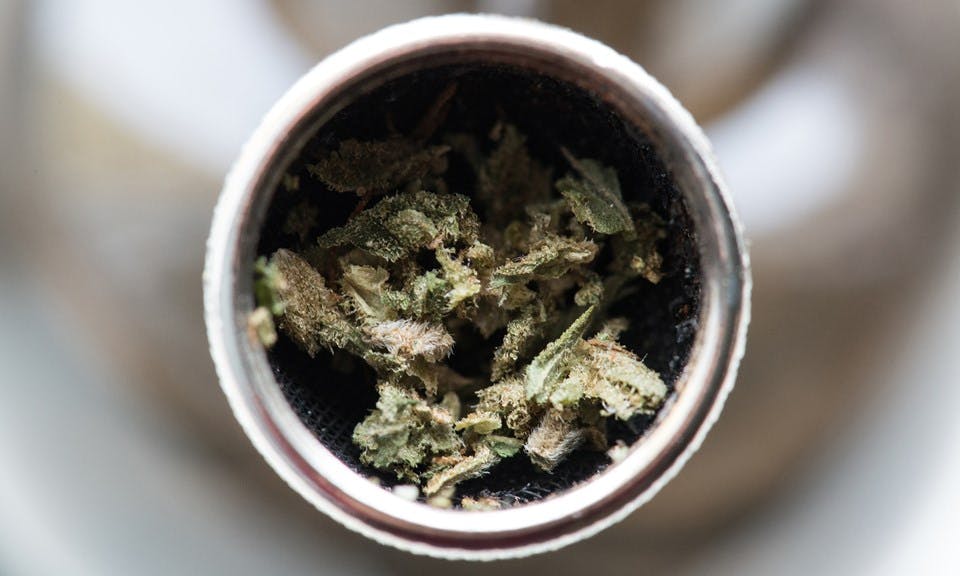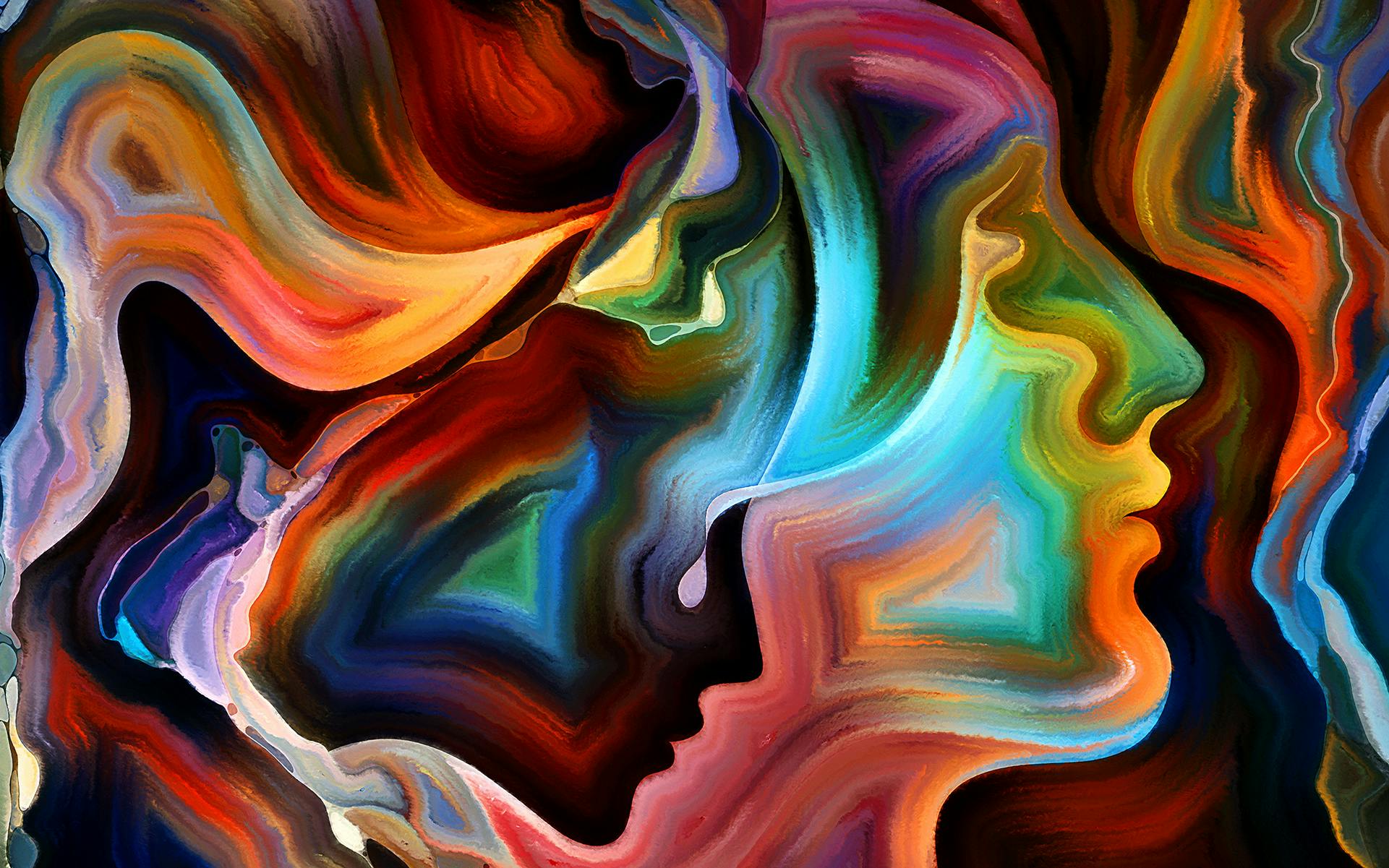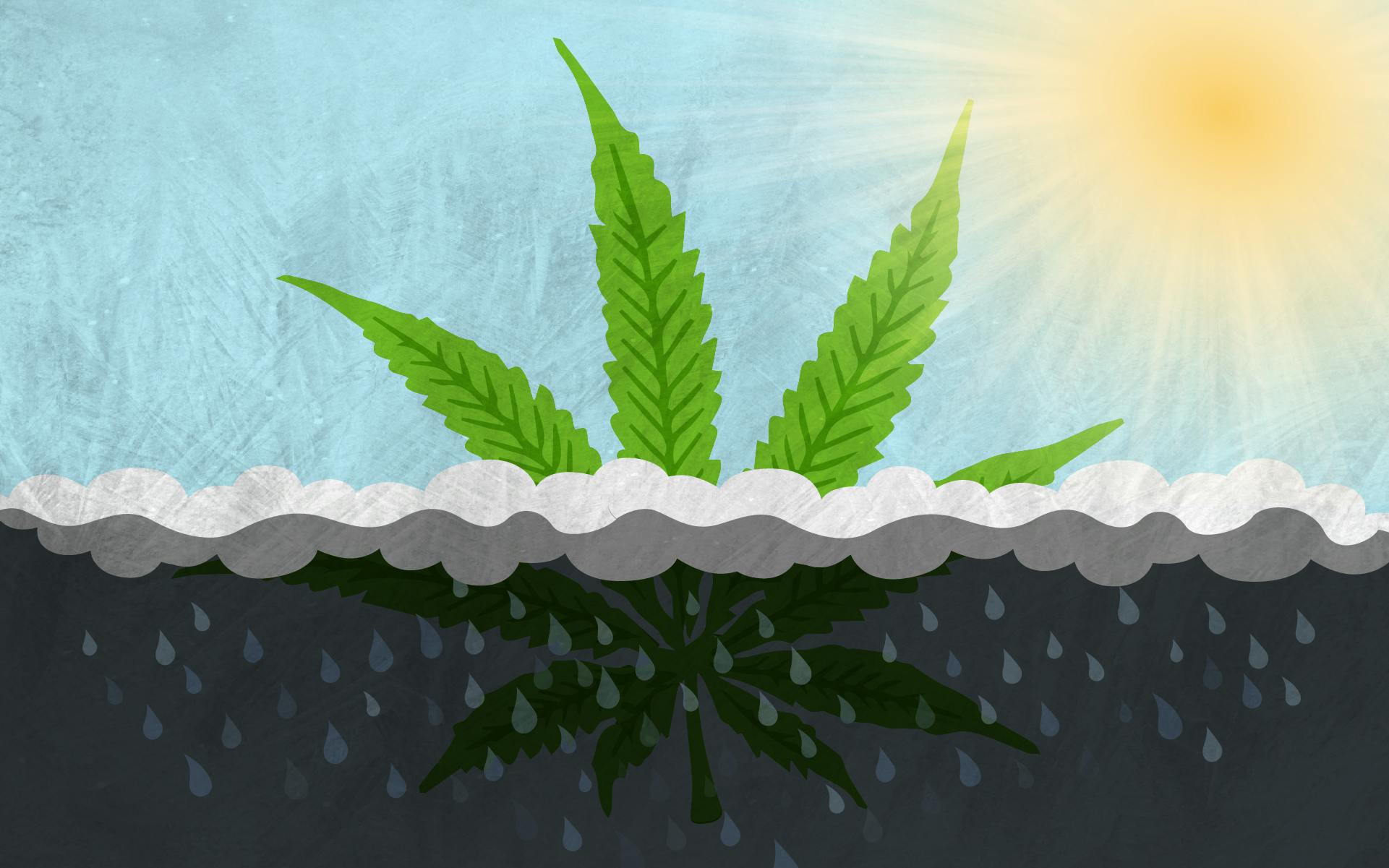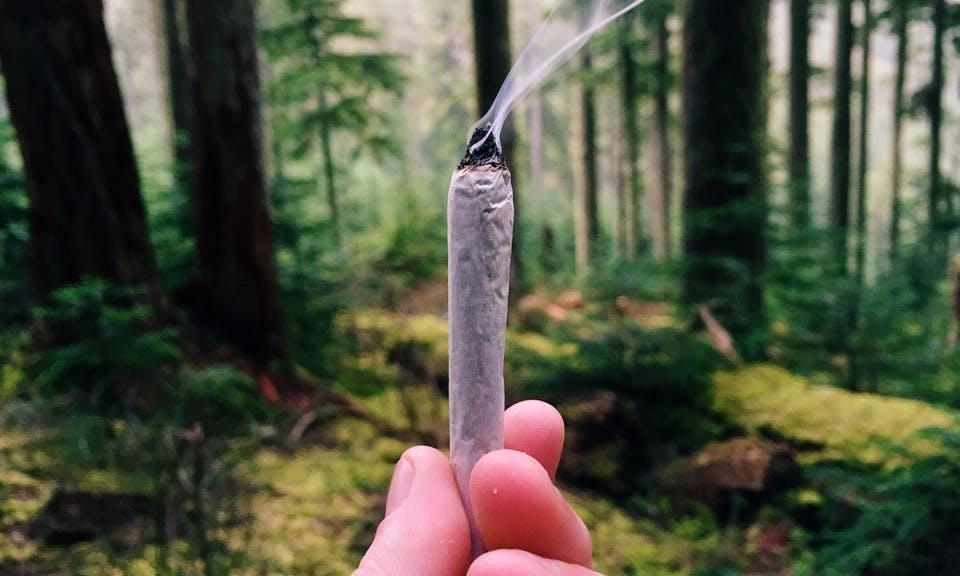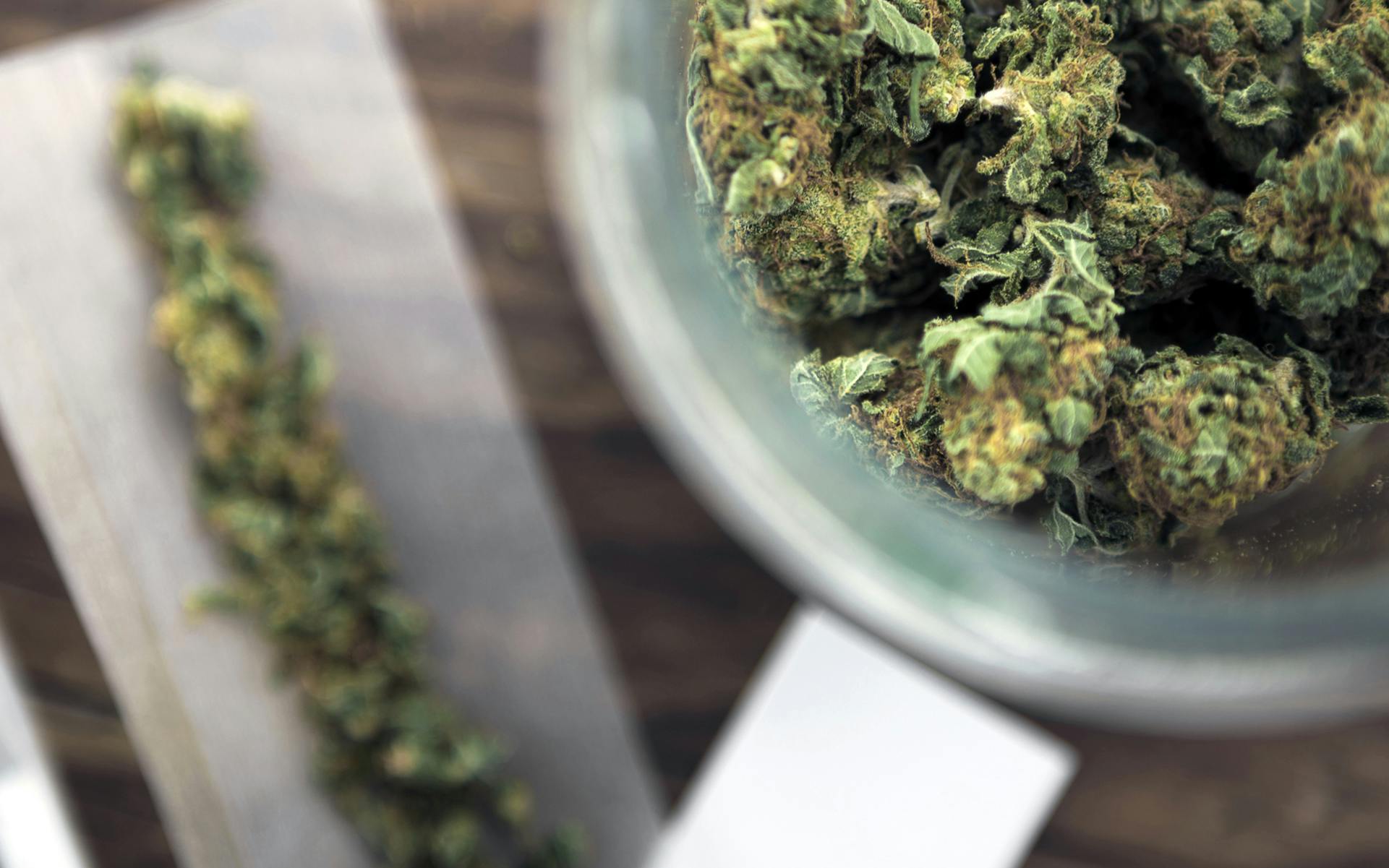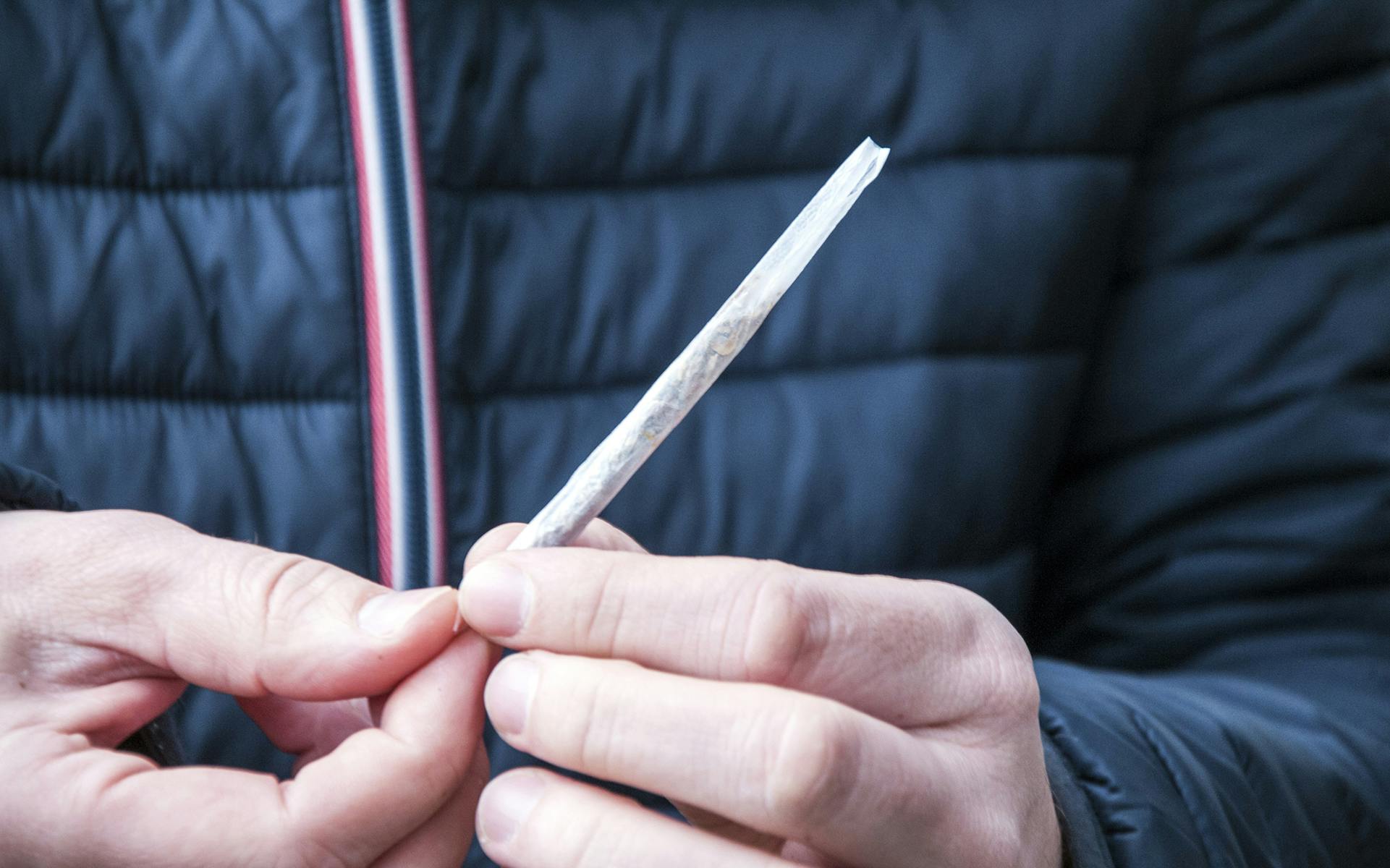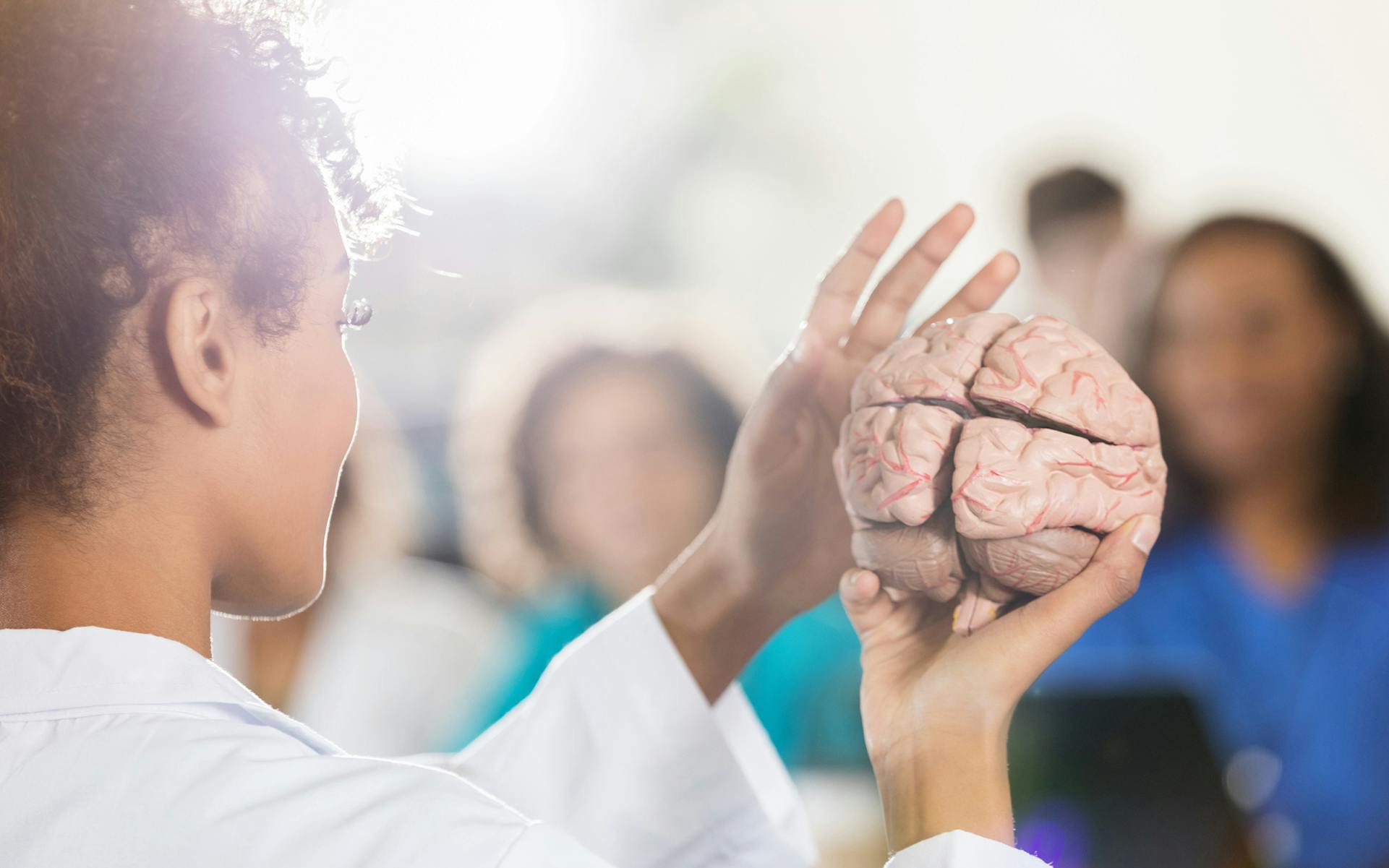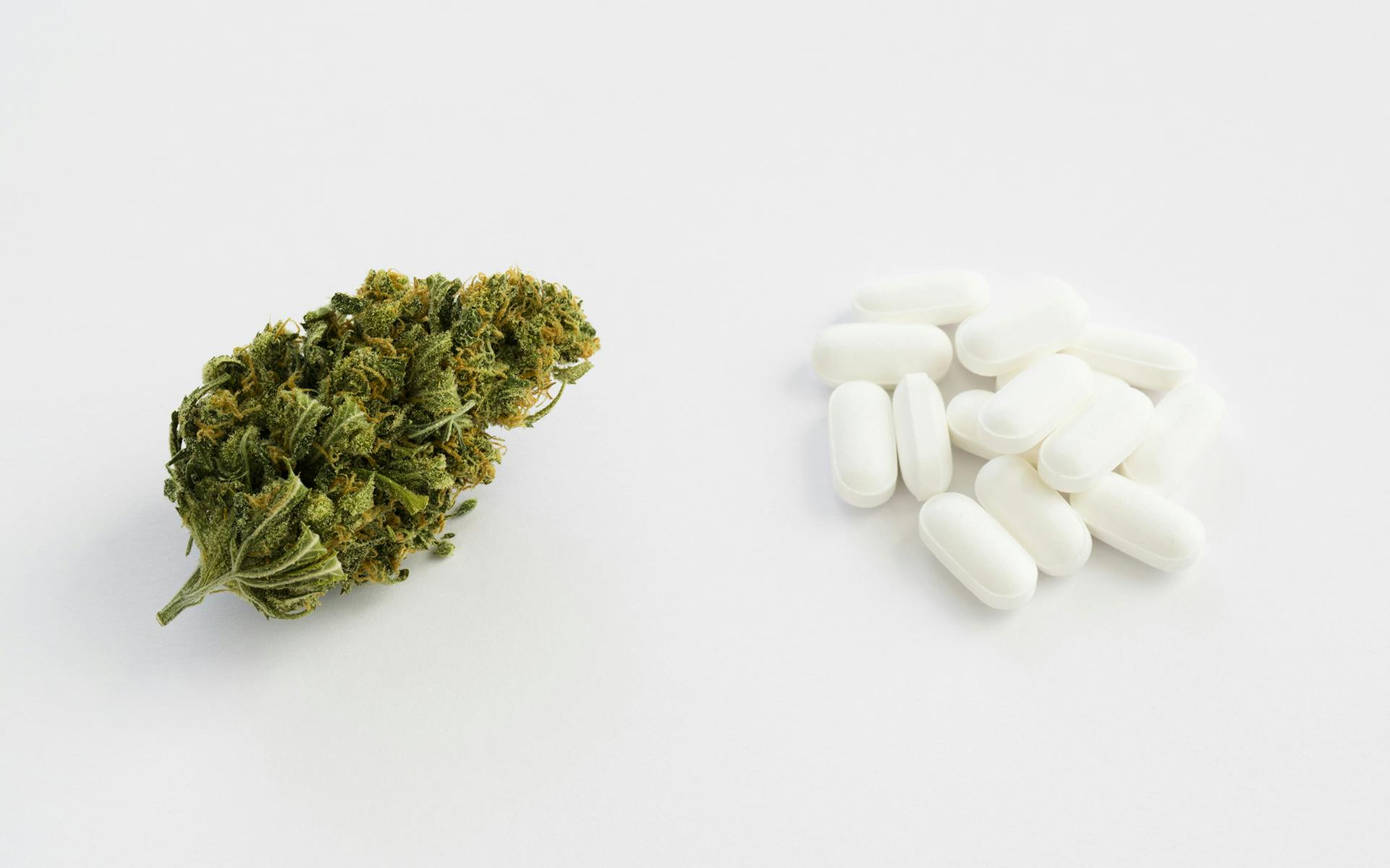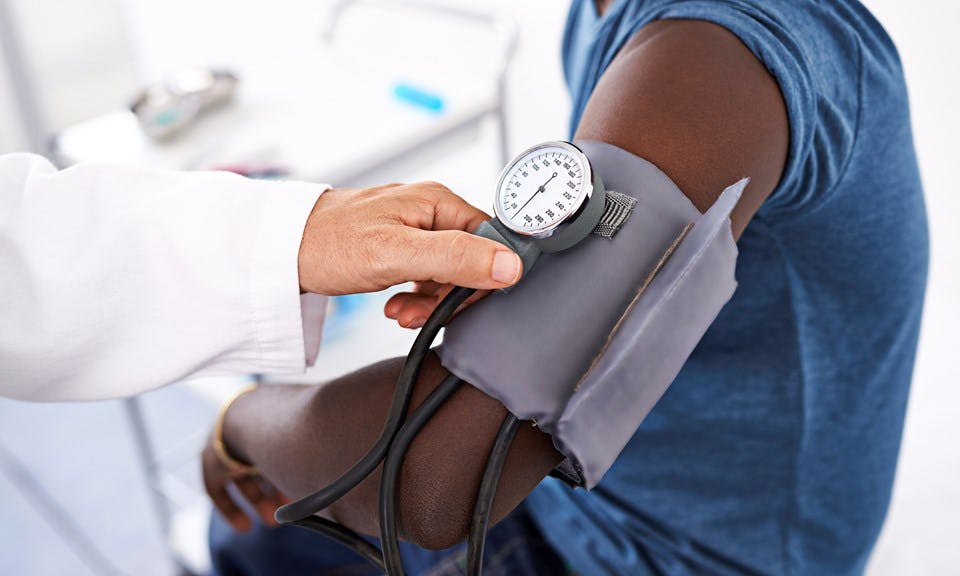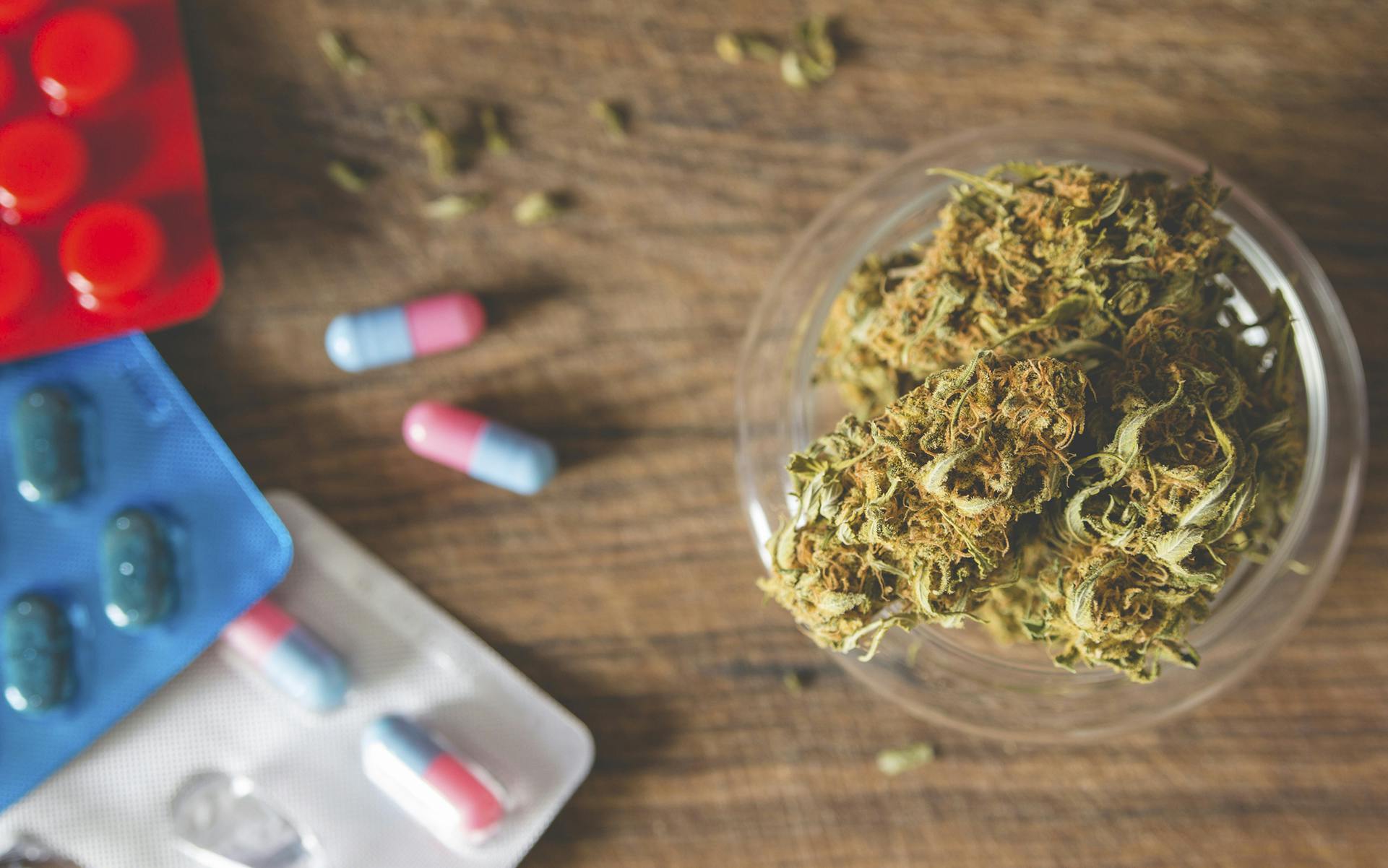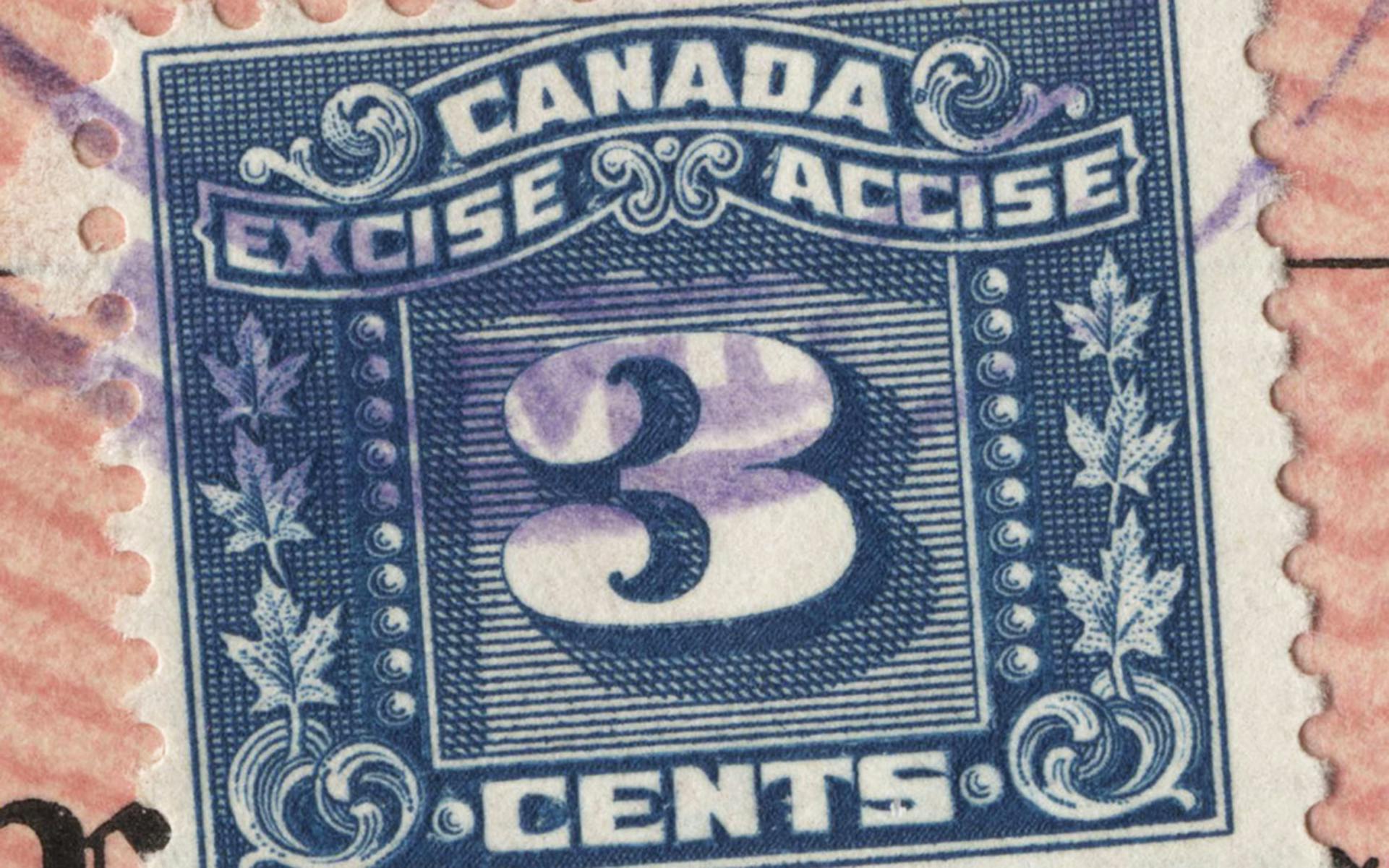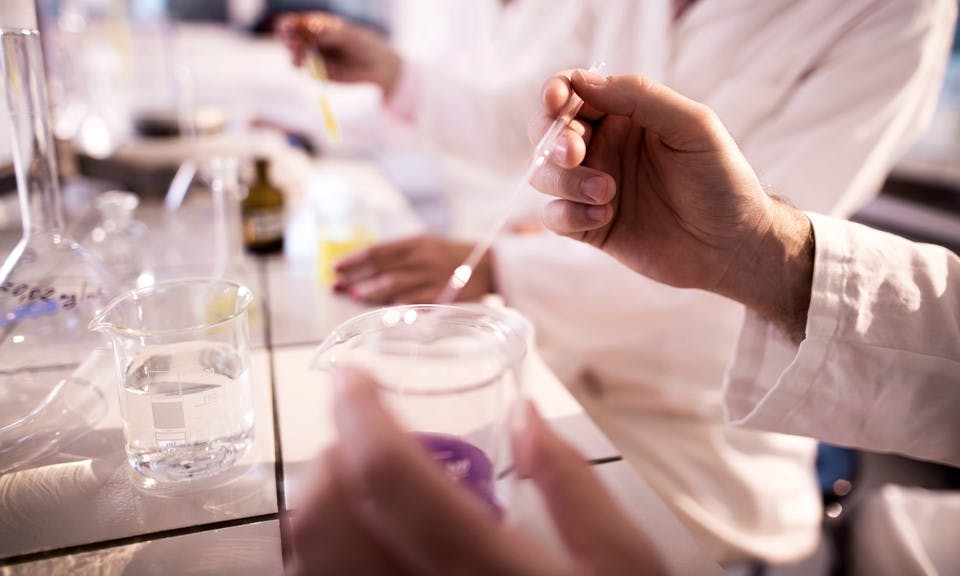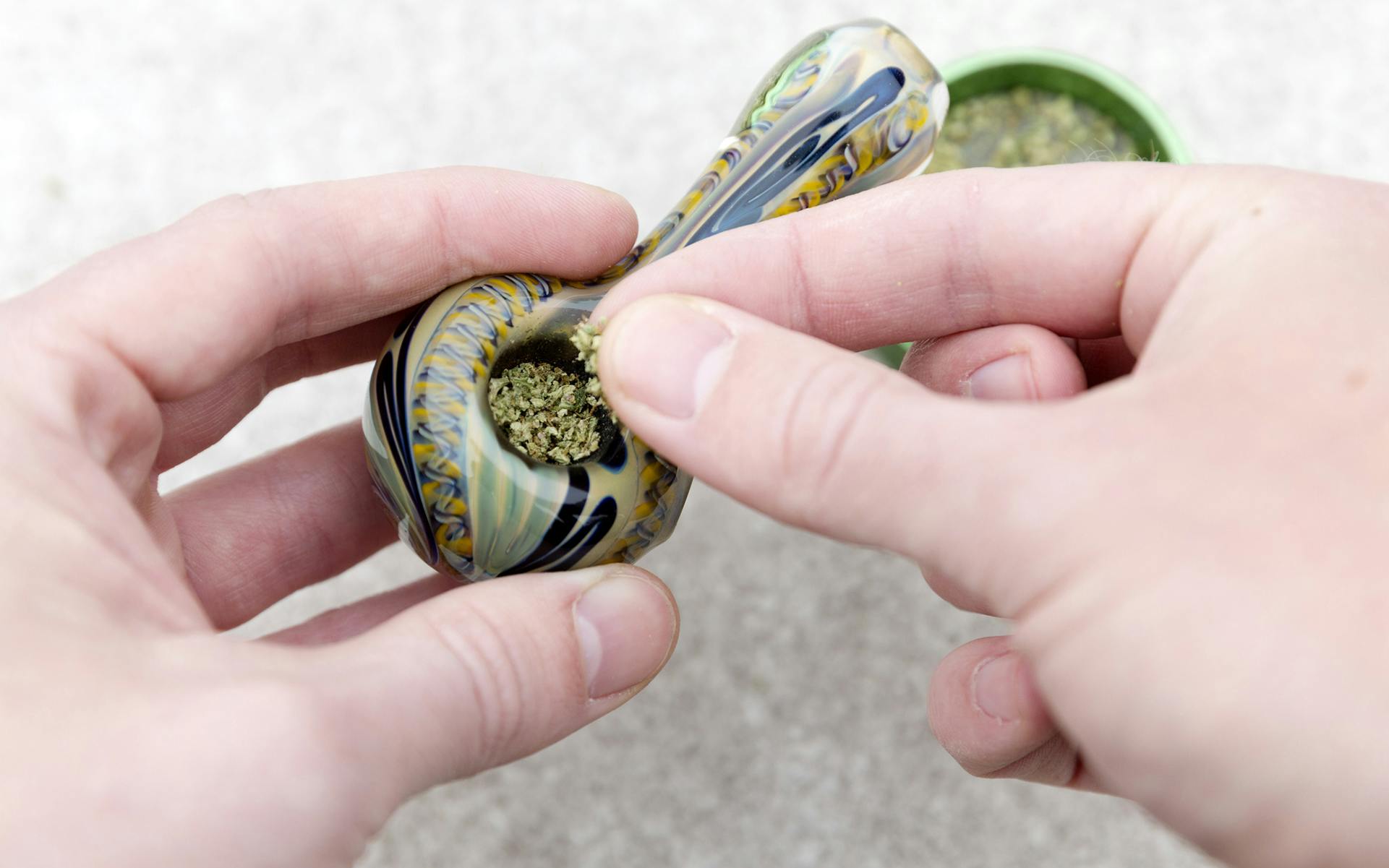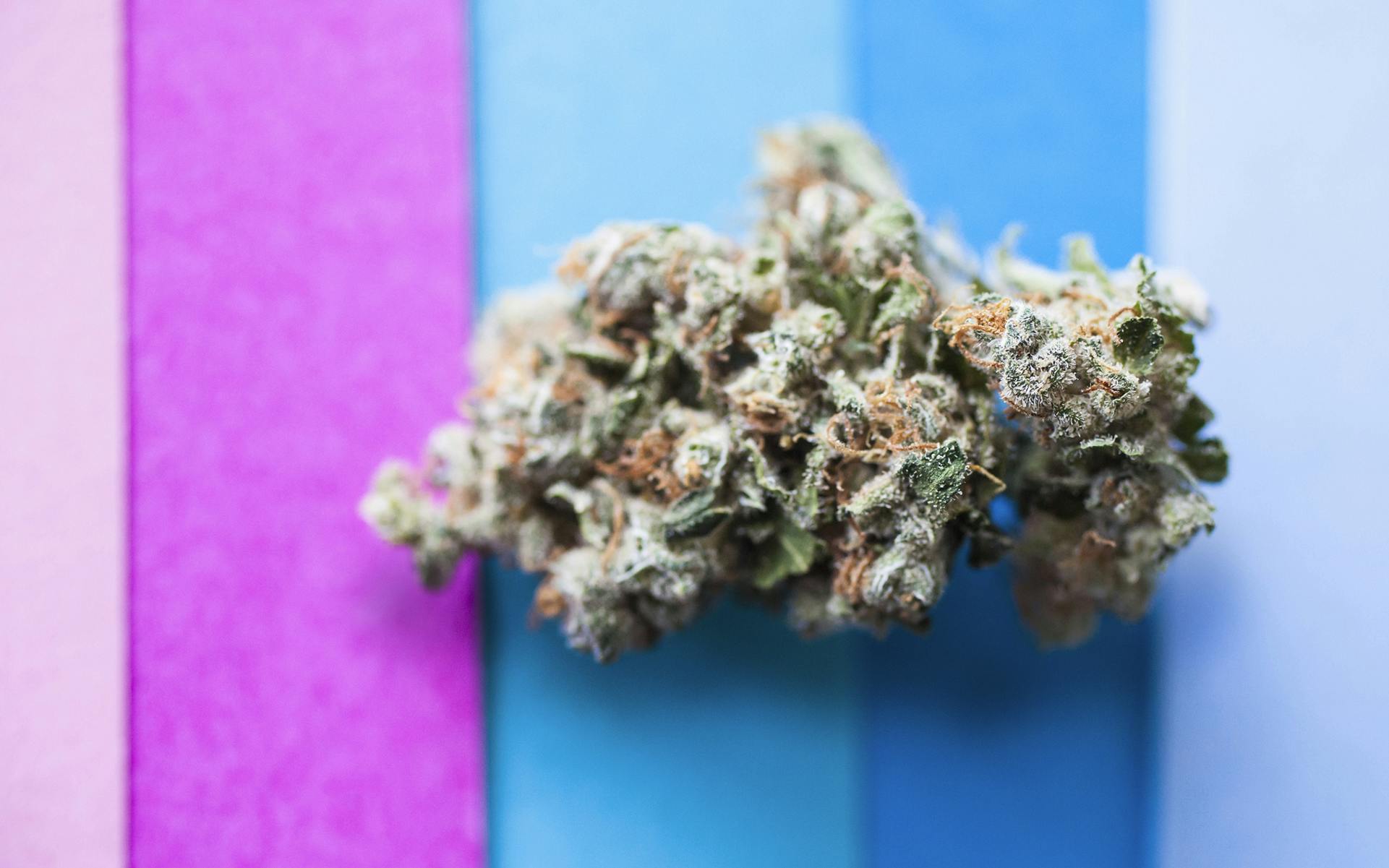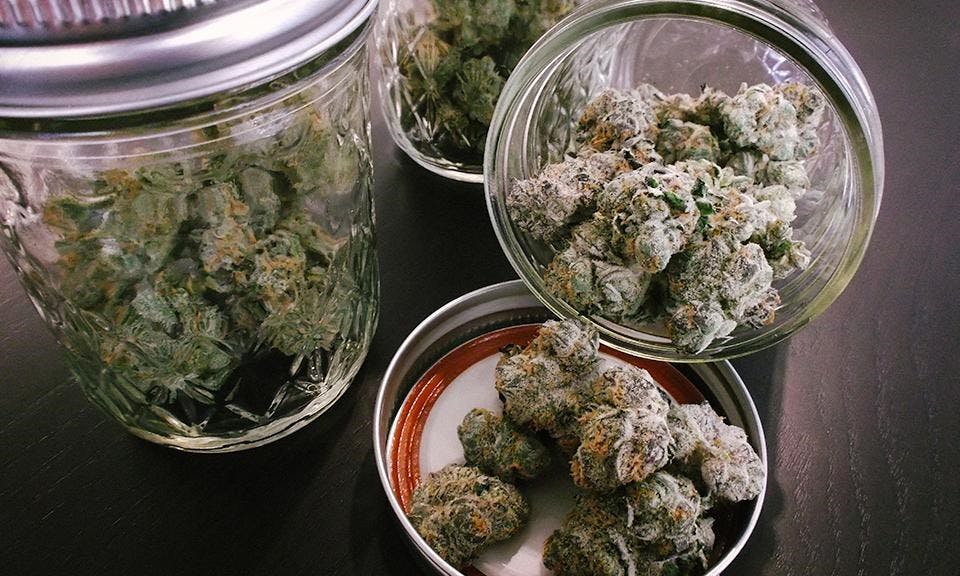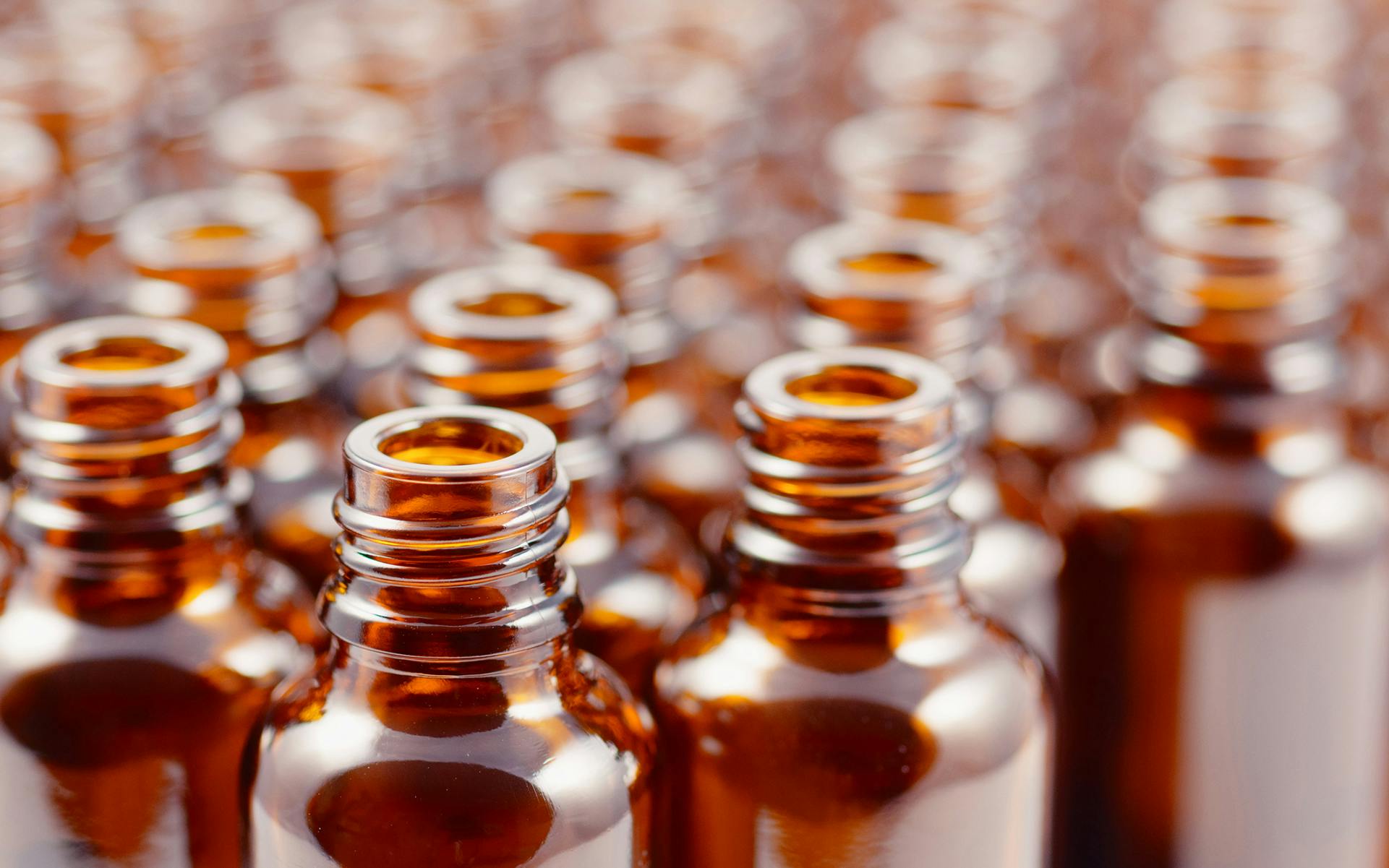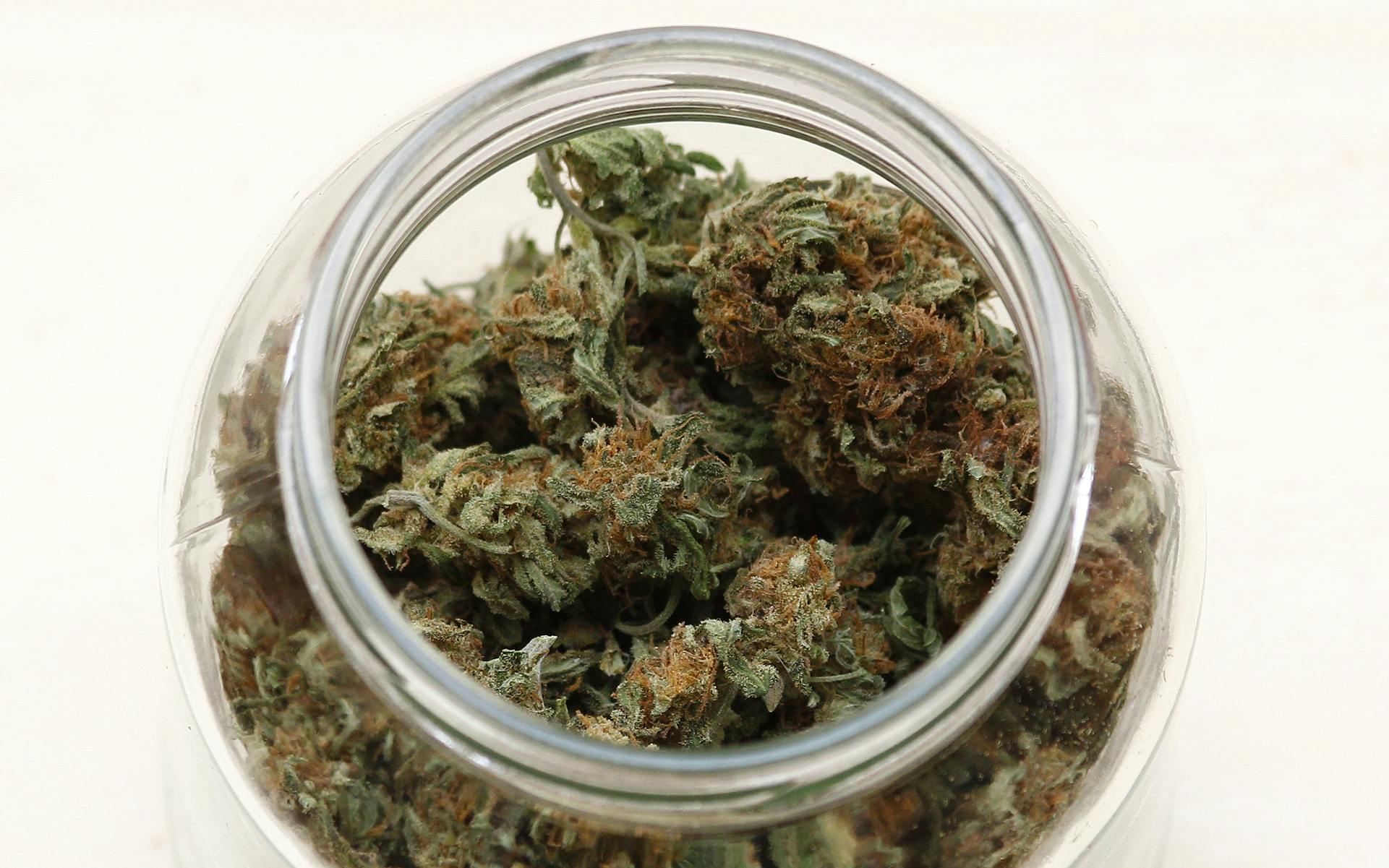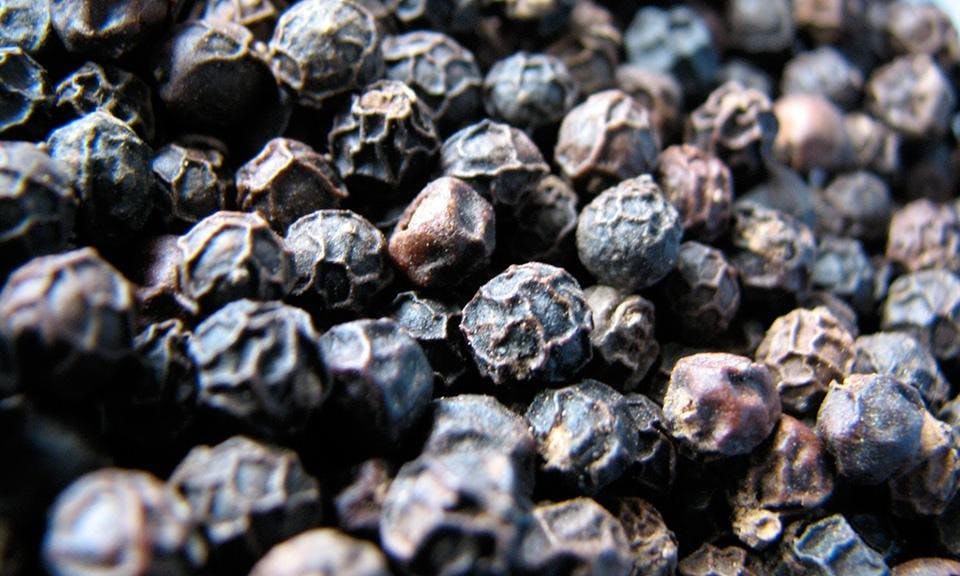What are the effects of cannabis?
How cannabis works: the endocannabinoid system and cannabinoids
The endocannabinoid system is the series of receptors in our brains and bodies that maintains internal stability and health. It’s also what makes humans responsive to cannabis. The chemical compounds of cannabis—called cannabinoids—mimic the body’s naturally occurring endocannabinoids, with a specific cannabis strain’s effects determined by its cannabinoid profile. (For example, the cannabinoid THC imparts an intoxicating high, while the non-intoxicating cannabinoid CBD is known to reduce symptoms of epilepsy.)
Cannabis wellness and medicinal benefits
What makes cannabis medicine? The answer is cannabinoids, the chemical compounds secreted by cannabis flowers that bind to receptor sites throughout our brain and body and determine a specific cannabis strain’s effects. Cannabis contains at least 85 types of cannabinoids, many of which have documented medical value.
Qualifying conditions for medical marijuana vary by state or by country. For example, because cannabis is federally illegal in the United States, it is left up to the individual states to allow the use of medical marijuana and to determine which conditions qualify for that state’s medical marijuana program. Canada, conversely, has countrywide legal recreational and medicinal cannabis. Among the qualifying conditions for medical marijuana in Canada include nausea associated with chemotherapy, chronic neuropathic pain, insomnia, and muscle spasms associated with multiple sclerosis.
Adverse short-term effects
Every time cannabis is consumed, the following areas may be impacted:
- Motor control: Cannabis can slow reaction times and diminish physical coordination, impairing your ability to drive and operate equipment safely.
- Memory: After using cannabis, you may have problems paying attention, remembering or learning things, and making decisions. Using cannabis can reduce your ability to perform well on the job or at school.
- Mood: For some users, cannabis induces not relaxed well-being but anxiety or even panic. (These symptoms are short-lived, and there are steps you can take to counteract a too-intense high.)
- Mental health: High-THC cannabis can trigger psychotic episodes, with users experiencing paranoia, distorted perceptions of reality, and hallucinations.
- Circulatory system: One effect of cannabis use is temporarily decreased blood pressure, which can cause people to faint. Another short-term effect is an increased heart rate, which can be dangerous for people with heart conditions.
Adverse long-term effects
Daily cannabis use over several months or years may lead to numerous health complications:
- Lung health:Inhaling smoke—whether from cannabis or tobacco—is associated with abnormalities in lung function. The long-term effects of smoking cannabis are similar to those of smoking tobacco, including bronchitis, lung infections, and chronic cough.
- Mental health: Continuous cannabis use over an extended period of time increases risks of anxiety and depression. High-THC cannabis products are the riskiest, inviting psychosis and, for those predisposed to the condition, schizophrenia.
- Possibility of dependence or addiction: An estimated 9% of cannabis users (one out of 11) will become dependent on or addicted to the substance. This rate increases to 16% among those who start using cannabis during adolescence and rises to nearly 30% among those who consume cannabis daily.
Is cannabis addictive?
Regular, prolonged use of cannabis can be habit-forming, and as previously mentioned, there is an estimated 9% addiction rate. Additionally, “Cannabis use disorder” is a DSM-V-recognized diagnosis characterized by 11 indicators, including cravings, time spent using, dose, and life impacts. Heavy cannabis users who abruptly go without are known to experience withdrawal symptoms, including cravings, irritability, and sleep difficulties. Regular cannabis use that begins in adolescence increases the chance of addiction, with the peak age of onset for cannabis use disorder between 16-18 years old.
Among the warning signs of CUD:
- Failure to meet demands of work, home, and school
- Missing important social activities due to cannabis use
- Consuming cannabis more often and in larger amounts
- An inability to control or cut back on cannabis use.
If you show the majority of these traits, treatment for cannabis use disorder is available.
Secondhand exposure
Secondhand exposure to cannabis smoke impairs cardiovascular function at the same level as secondhand tobacco smoke. Breathing secondhand cannabis smoke disrupts the normal functioning of the heart, blood, and vascular systems, and children exposed to secondhand smoke are known to experience higher rates of asthma, bronchitis, and pneumonia. Smoke cannabis in well-ventilated areas and never around children.
Cannabis impairment and driving
Cannabis use impairs coordination, motor skills, reaction time, and the ability to judge distance, and driving under the influence of cannabis is a crime.
In the United States, cannabis DUI laws vary by state, whereas in Canada the federal legislation legalizing adult-use recreational cannabis also establishes three new offences for driving under the influence of the intoxicating cannabinoid THC, including:
- a summary conviction offence for drivers found with 2 nanograms (ng) but less than 5 ng of THC per millilitre (ml) of blood
- a hybrid offence for drivers with 5 ng or more of THC per ml of blood
- a hybrid offence for drivers found with a combination of 50 milligrams (mg) of alcohol per 100 ml blood + 2.5 ng or more of THC per 1 ml of blood

Is cannabis dangerous?
Can you overdose on cannabis?
You can certainly consume too much cannabis, but cannabis has never caused a fatal overdose. Whereas opioid and alcohol overdoses can shut down the body’s breathing and circulatory systems, cannabis cannot. So while it is possible to overdo your cannabis intake, either by “getting too high” or developing a cannabis use disorder, it’s not possible to die from a cannabis overdose.
Will cannabis lead me to other drugs?
Is cannabis a “gateway drug” that will inspire experimentation with other, more dangerous drugs? This not-uncommon assumption is unsupported by science. In a 1999 report to the United States Congress, the Institute of Medicine of the National Academy of Sciences wrote, “There is no conclusive evidence that the drug effects of marijuana are causally linked to the subsequent abuse of other illicit drugs.”
Instead, cannabis’ potential as a would-be gateway drug appears to come primarily from its prohibition, which requires those seeking cannabis to find it in the illegal market, often from dealers with more to sell than cannabis. Remove prohibition and the connection to dangerous narcotics falls away.
Cannabis and lung health
Cardiovascular function is compromised by smoke inhalation of any kind. An extensive literature has documented that tobacco smoke inhalation is strongly linked with increased risk of lung and other cancers. In contrast, there are many fewer studies examining these links with cannabis smoke.
However, a 2005 study from the University of Colorado found that cannabis and tobacco smoke are not equally carcinogenic, while a 2012 study from the University of California found that cannabis is less damaging to the lungs than tobacco, and a limited number of well-designed epidemiological studies have failed to find an association between cannabis and increased risk for lung cancer. This apparent paradox may be explained by other differences in the composition of cannabis and tobacco smoke.
Risks of underage consumption
The human brain is not fully developed until around age 25, and those under 25 are especially vulnerable to the effects of cannabis. A growing number of studies show that regular cannabis use can change the structure of a developing teenage brain, especially in areas of memory and problem-solving. As a result, cognition and academic performance can be adversely affected, and heavy cannabis users can see a drop in as many as eight IQ points as they transition to adulthood.
Teenagers who consume cannabis on a daily basis are 60% less likely to complete high school compared with their peers who don’t consume. Cannabis use brings increased risk for underage consumers when it’s frequent, ongoing, and begins in early adolescence. For guidance on how to talk to kids about cannabis, this resource may help.
Cannabis and mental illness/psychosis
In rare cases, high-THC cannabis can trigger psychotic episodes, with users experiencing paranoia, distorted perceptions of reality, and hallucinations. For those individuals with a family history of schizophrenia or at risk of having schizophrenic symptoms, cannabis can trigger or hasten the onset of such symptoms. Regular cannabis use is also associated with an earlier age of onset for a psychotic disorder. If psychotic disorders are a part of your life or family history, you may want to consider avoiding cannabis.
Cannabis and pregnancy
Cannabis use by pregnant women and new mothers can affect their fetuses and newborn children. The chemical compounds in cannabis are delivered to the fetus through its mother’s blood during pregnancy and pass into the breast milk following birth. This can lead to health problems for the child, including lower birth weight, inhibited cognitive skills, and hyperactivity. To have the healthiest baby possible, avoid using marijuana, alcohol, and tobacco during your pregnancy.
Cannabis use disorder and ‘hyperemesis syndrome’
Cannabis use disorder’s most common symptoms include compulsive cannabis use, heightened cannabis tolerance, and diminished sociability. Among CUD’s most unusual symptoms: cyclical vomiting, with a small but significant number of heavy, longtime cannabis users reporting what became known as cannabinoid hyperemesis syndrome, marked by spells of cyclical vomiting that clear up once cannabis consumption ceases.
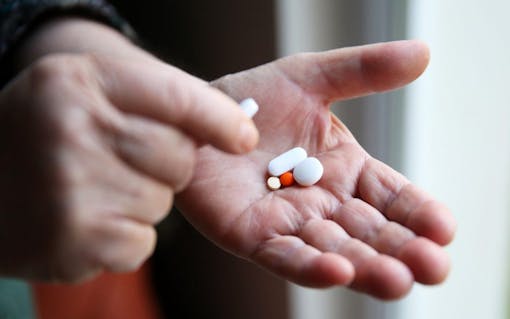
Cannabis and other substances
Cannabis and alcohol
The use of cannabis alone is enough to impair judgement and motor control, and the biggest impact of mixing cannabis and alcohol is the significant increase in impairment. When cannabis and alcohol are used at the same time, there is a greater likelihood of negative side effects occurring either physically or psychologically (panic, anxiety, and paranoia).
The use of both alcohol and cannabis before driving can greatly increase the risk of getting into a car accident.
Cannabis and blood pressure medicine
Cannabis use induces a cardiovascular stress response that can elevate cardiac oxygen consumption while reducing blood flow in coronary arteries. While reports of adverse events are relatively rare, patients who are taking blood pressure medication should be aware that cannabis may compound effects.
Cannabis and sedatives
When combined with sedatives (Klonopin, Ativan, Ambien), cannabis produces an additive effect. While it’s not as risky as mixing alcohol with sedatives (which can prove deadly), the combination is still risky. Users should exercise extreme caution, or better yet, avoid the combination altogether.
Cannabis and antidepressants
Different types of antidepressants pose different interaction risks with cannabis. Selective serotonin reuptake inhibitors—such as Prozac, Paxil, Zoloft, and Lexapro—are the most commonly prescribed drugs to treat depression, and adverse interactions with cannabis appear rare. This same low-to-moderate risk of cannabis interactions extends to Serotonin and norepinephrine reuptake inhibitors (Cymbalta, Effexor ER) and Norepinephrine and dopamine reuptake inhibitors (Wellbutrin, Aplenzin, Forfivo XL).
However, two earlier classes of drugs—Monoamine oxidase inhibitors and Tricyclic antidepressants—are known for problematic interactions with numerous foods and medicines, and patients on these rarely-used antidepressants should avoid cannabis.
Cannabis and anesthesia
It’s very important that if a person is regularly using cannabis that they make sure they let the anesthesiologist know so the anesthesiologist is aware of all of the medications they’re taking, including cannabis.

Risks of unregulated cannabis
Black-market cannabis
Cannabis sold through the legal marketplace is subject to industry-wide rules and standards, covering everything from potency to clean production practices. Conversely, cannabis sold on the illegal market comes with none of these protections, and may be tainted with mold, fungi, pesticide residue, or other contaminants.
Synthetic cannabis
Synthetic cannabis is non-cannabis plant material treated with synthetic chemicals that mimic some of the compounds found in cannabis. Legally sold in smoke shops under the names Spice, K2, and “smokeable herbal incense,” synthetic cannabis also often contains other residual ingredients and chemicals that are not safe to smoke. When inhaled or ingested, synthetic cannabinoids can lead to severe health risks, including vomiting, chest pain, increased heart rate, vision blackouts, headaches, kidney damage, agitation, high blood pressure, and psychosis.

Miscellaneous safety tips
Dosing best practices
The standard maxim for careful cannabis dosing is “Start low, go slow.”
“Start low” refers to cannabis’ concentration of the intoxicating cannabinoid THC. Commercial cannabis flower typically ranges from 10% to 30% THC, and new users should aim for the low end of that spectrum. Selecting a strain that contains a combination of THC and the non-intoxicating cannabinoid CBD can also help minimize THC’s potential to cause anxiety and paranoia.
“Go slow” refers to the rate of cannabis inhalation/ingestion. When smoking or vaping cannabis flower, take a small puff or two, then wait 5-10 minutes to gauge the effects.
Cannabis that is not inhaled but ingested—via cannabis-infused food items known as “edibles” or tinctures—comes with its own dosing rules. Whereas smoking or vaping cannabis delivers effects within minutes, ingesting cannabis requires a wait, with effects not felt for 1-2 hours after ingestion. And while the effects of smoked cannabis dissipate within an hour or two, the effects of edible cannabis can stick around for upwards of six hours. For best beginners’ luck, go with smoking/vaping cannabis over eating it.
How to store cannabis
Keep cannabis in its original, child-resistant retail packaging and store all cannabis products in a locked area—a lockbox, a locked room—out of sight and reach of children and pets. How and where you store cannabis should evolve as children get older. What counts as “safe storage” around young children may not deter older children or teens.
How to counteract overly intense effects
No one has ever died of a cannabis overdose, but many people have weathered the unpleasant experience of getting “too high,” a situation characterized by anxiety, racing thoughts, and paranoia. To counteract unpleasant effects of cannabis, follow these steps:
- Don’t panic. You are not in any physical danger, no matter what your “too high” mind might tell you.
- Relax. Find a quiet place to stretch out and breathe. Inhale deeply through your nose and exhale through your mouth. Remind yourself that you’ll be back to normal in a short while.
- Distract yourself. Draw a warm bath. Re-watch a favorite movie. Take a walk around the block. Getting over a too-intense high is primarily about riding out the hour or two of uncomfortable effects.
- Drink plenty of water. Keep your body hydrated with water or another non-alcoholic beverage (preferably non-caffeinated). Water can both help alleviate dry mouth and help you focus on the simple, familiar act of sipping and swallowing.
- Crunch or smell black peppercorns. If you’re feeling excessively anxious or paranoid, try some black peppercorns, which contain an organic compound known to offset the more intense effects of THC. Peppercorns can either be crunched between the back teeth and spat out or crushed and smelled. (Don’t snort or swallow peppercorns.)
Community Partners
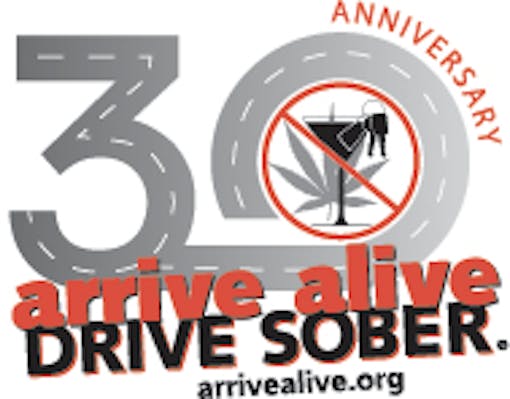
For 30 years, Arrive Alive Drive Sober® has been a leader in preventing impaired driving by partnering with community groups, schools, law enforcement, public health, and individuals to share materials and messages to raise awareness around the risks and prevention opportunities relating to impaired driving.
